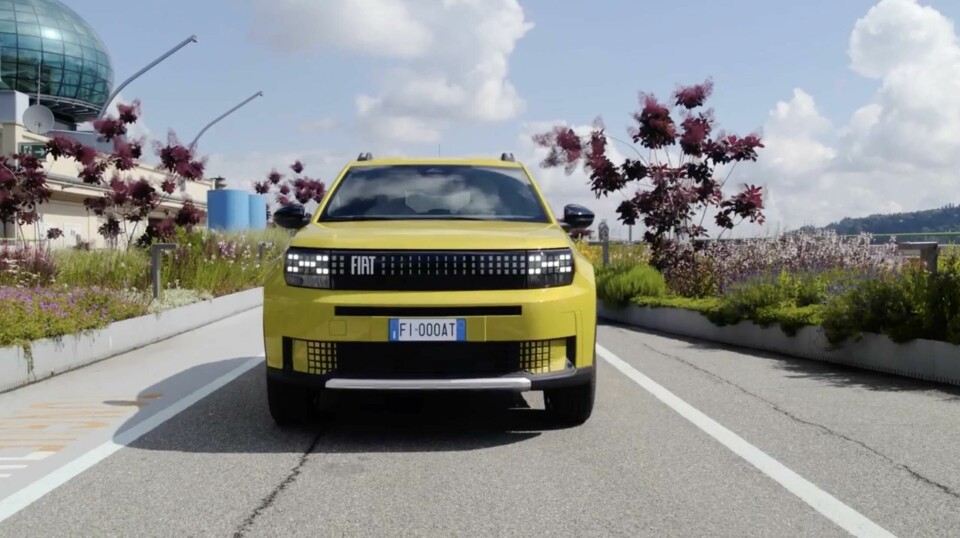
Q&A: Francois Leboine on the new Fiat Panda family
Car Design News spoke to head of Fiat design Francois Leboine about Giugiaro and the 2019 Centoventi concept car, the new Panda range and why plug-n-play accessories could be an important part of his new design approach
The first production pictures of the Fiat Grande Panda were revealed today, heralding a crucial new family of vehicles for the Italian marque. They also confirm the exterior design direction previewed back on the press day of the ill-fated 2024 Geneva Motor in late February, when conceptual renders of a potential five-strong Panda model line-up – comprising City Car, Camper, Fastback, Pick-Up and SUV variants – were launched digitally, away from the physical Swiss event the Stellantis Group snubbed.
The 2024 Grande Panda is the production version of the earlier City Car concept and is clearly inspired by the 1980 original Panda designed by Giorgetto Giugiaro. At 3.99 metres long, it is a much bigger fish than Giugiaro’s 3380mm model, but says Fiat’s PR, still shorter than the 4.06-metre modern industry average for this segment. Times have moved on in customer size and expectation for sure – and the powertrain options are now hybrid and full-electric – but the original’s charm appears to have been retained, at least on the basis of viewing these digital renders.
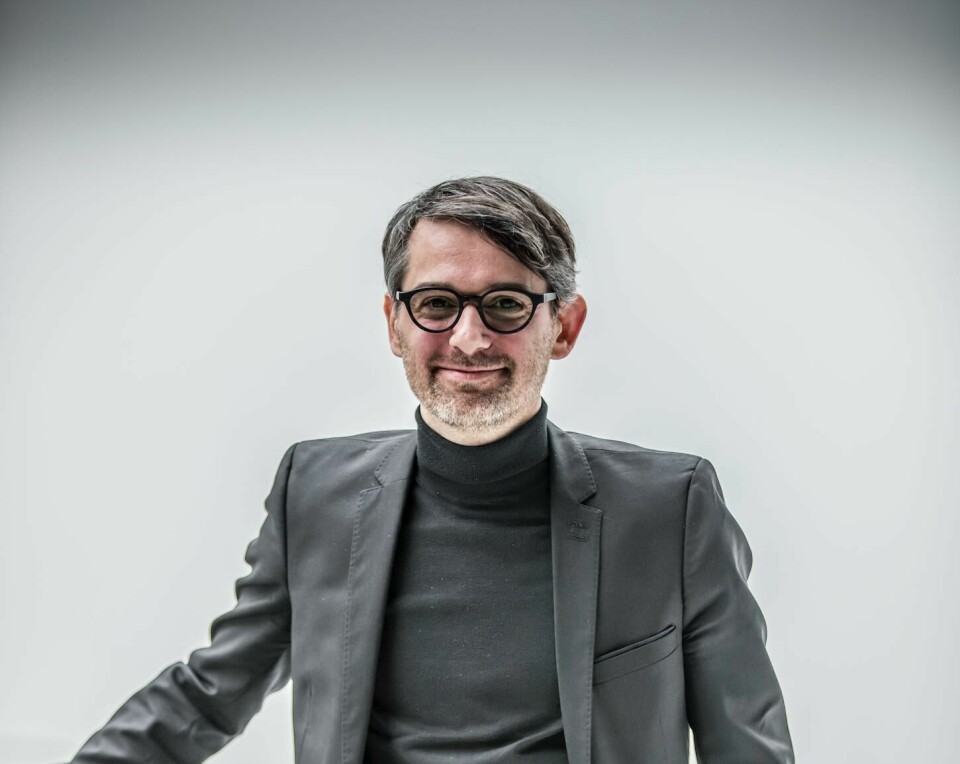
Chunky and solid proportions, pixel front lights and lots of branding of marque and model – most notably in the large all-caps ‘PANDA’ word mark stamped into the lower body sides – should leave viewers in no doubt which new car this is. The real version is due to be shown in the metal to help celebrate Fiat’s 125th birthday in mid-July and will go on sale in continental Europe first, in the autumn of 2024. The UK market should follow soon after and also the Middle East and Africa. Fiat has gone on record to say a further three production cars from this new Panda family will launch – at the rate of one vehicle every year – until 2027.
Meantime, Car Design News caught up with Fiat head of design Francois Leboine via a video call, to discuss the influence of both Giugiaro and the 2019 Centoventi concept car on the new Panda range and why plug-n-play accessories could be an important part of his new design approach…
How does this 2024 Panda compare to the Centoventi concept?
The design philosophy, which means the concept itself, is more or less the same. If we talk more about the styling approach, we tried to connect more with some elements that recall the very first Panda from Giorgetto Giugiaro, to find some elements of simple surfacing in which we added robust wheelarches. We made a different cocktail where you recognise this very typical attitude of the first Panda and the main lines more or less – bottom, belt line and roof line – with this inclination, between the rear glass and the front glass that have the typical balance of the Panda. We started from this and then treated it in a different way.
In what ways?
We have a lot of tension in the surfacing but always finish with a smooth turn. So there is this combination of tension and smoothness that is a very modern treatment I think. This is the translation to our time today. Playing with different eras gives it a very strong element of modernity.
Can you explain a bit more?
Before you had big trends – round shapes, square shapes, flat and bio design. But now I think we’re entering into a completely different world in terms of design where you can play with different epochs and areas of design and combine them to create a story. It’s a bit like interior [house] design today. Now you can mix things – the past with the avant garde – and include a vintage chair that you found. This mix, this collaboration of different types of design is design and we will play more and more with this in the coming years because maybe it’s the best way to create things that will last longer that don’t belong anymore to one trend or time, but more from different trends or different times. That’s my view of design.
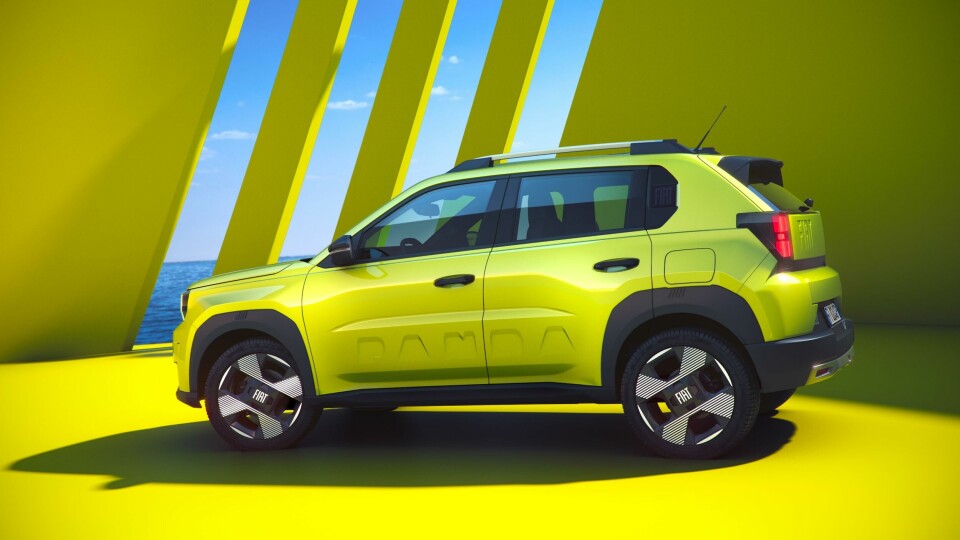
What can we expect from the production interior – as we only have one concept image to go on for now?
For the concept we developed different interiors, but the main one is ‘the hub’. From the same technical hub we have a steering wheel and the possibility to plug in different technologies and parts, which are ‘furniture’. This is the main concept. It’s exactly the same idea as the International Space Station. We can make an affordable version, a very simple one and then different ones. We could do a more premium version by changing the parts and upgrading the technology, depending on the level of the vehicle we want to obtain.
So Fiat interiors can now change more easily over time?
You could imagine having a car with just a base [model] screen or even no screen at all and interacting with your car via voice control. Customers can upgrade the technology depending on their means and over time. That’s something that is important for us. We imagine this car can follow the evolution of technology and be changed and upgraded and stay current after five years or 10 years because of its embedded technologies.
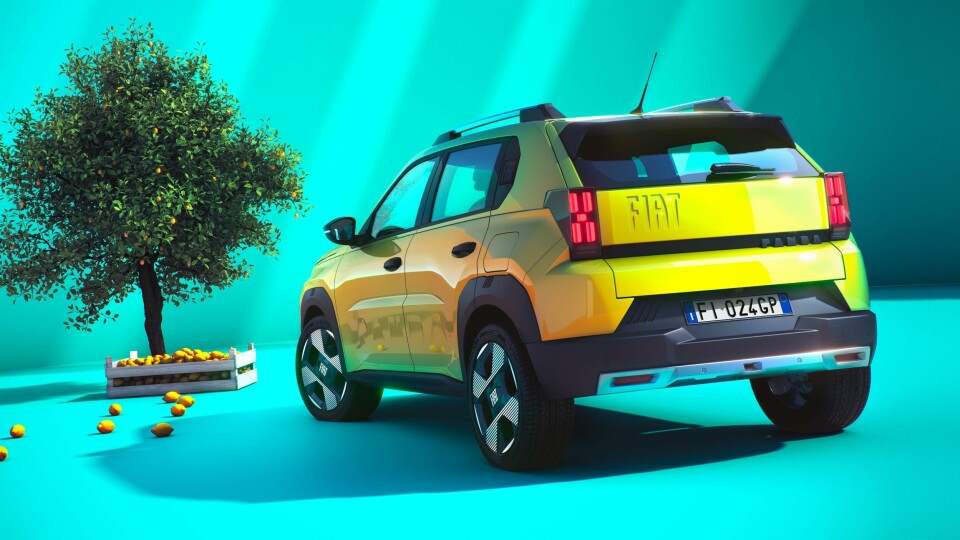
Does this mean a rethink in how you design things and have you had to recruit different types of designer as a result?
It’s a very good question. If you want to develop accessories, you need a different type of designer than the classical ‘styling designers’. This is the chance we have at Fiat because we have a type of designer that is not the classic designer just making a shape. They are more into product design, an approach to concepts and embedding functionalities. Developing accessories can be quite difficult.
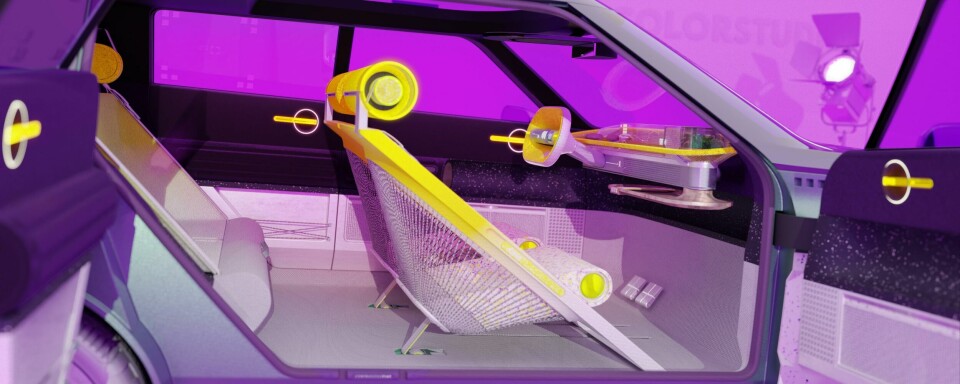
Can you talk through some of those accessory design difficulties?
First of all, it’s the durability of the elements we create and this is especially true in the automotive industry because we know that we cannot offer things that are too cheap or fragile, because they are supposed to last at least something near comparable to the life of the car. The second thing is, the automotive regulation that we have to pass. All these accessories have to respect the automotive industry’s constraints and regulations. These are the two topics we have to deal with when we develop accessories.
Where is your team at with the other forthcoming Pandas?
We’ve finished a couple of them and we’re still doing some of them. The one that will go on sale this year was finished two years ago. There will be different wheelbases, depending on the vehicle and some flexibility that we will play with.

















